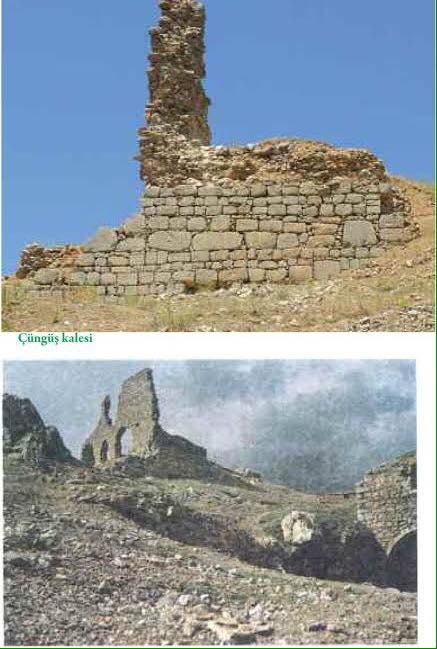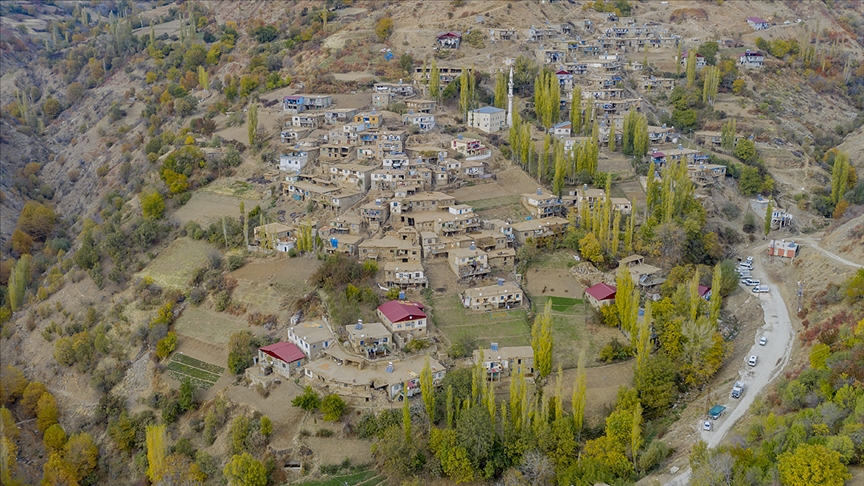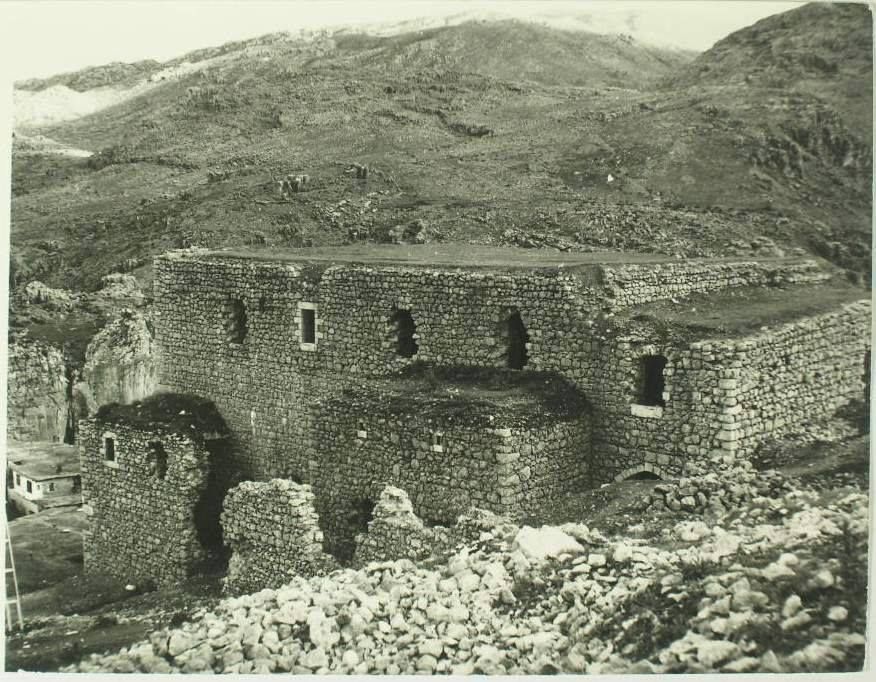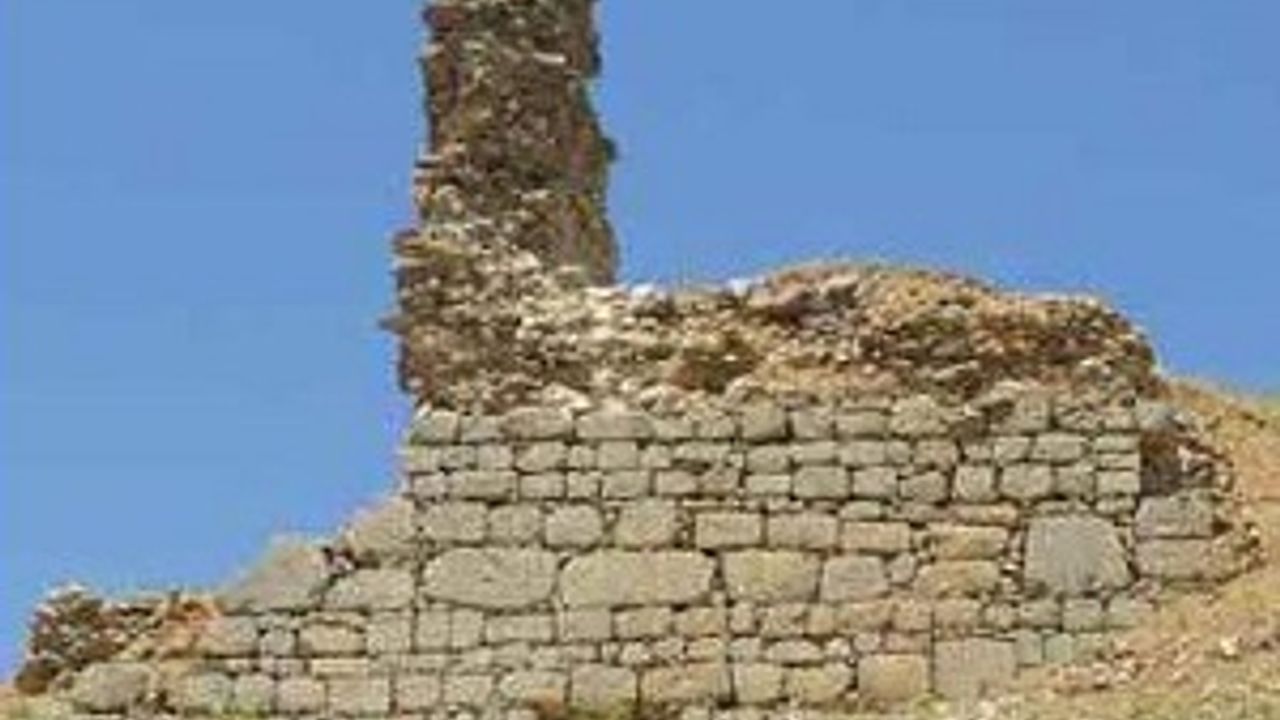DİYARBAKIR- Towering majestically in the Çüngüş district of Diyarbakır, Çüngüş Castle is an important building that bears witness to the rich history of the region right up to the present day. This magnificent castle offers a deep insight into the past of Çüngüş and takes visitors on a journey through time.
A settlement in the shadow of history: Çüngüş
The lands of Mesopotamia, which lie between the Tigris and Euphrates rivers, have occupied a strategic position throughout history. Çüngüş also benefits from this geographical location and enjoys natural protection thanks to its mountainous terrain and the deep riverbed of the Euphrates.
However, it was not favoured as a densely populated area due to the lack of fertile land and difficulties in transportation. This situation has contributed to Çüngüş remaining a peaceful settlement throughout its history.

A culture of coexistence in the Ottoman period
During the Ottoman period, Çüngüş was a settlement centre where Muslims and non-Muslims lived together. The non-Muslims formed the majority of the population in the region. This situation added different colours to the cultural mosaic of Çüngüş.
The village of Adiş: The history of an Armenian settlement
The village of Adiş in the Çüngüş district of Diyarbakır stood out as an important Armenian settlement during the Ottoman period. In the 16th century, only Armenians lived in this village, but over time, Muslims also began to settle there.
Historic buildings such as the church of Surp Garabed have been preserved in the village to this day. These structures provide important clues to the past of the village of Adiş.
Unfortunately, the Armenian population of the village was forced to migrate to other places in the late 19th century for various reasons. This situation significantly changed the demographic structure of the village of Adiş.

A new name in the republican period: Değirmensuyu
During the Republican period, the name of Adiş village was changed to Değirmensuyu. This change can be seen as an expression of the nationalist tendencies in the founding period of the Turkish Republic.
Unsuitable land for agricultural activities and various social events in the village of Değirmensuyu led to a decline in the Armenian population. Nevertheless, the village continues to attract attention with important buildings such as the Surp Garabed Church, which preserves its historical structure.

Surp Garabed Church: the secrets of a historic building
Surp Garabed Church, located in the village formerly known as Adiş and now known as Değirmensuyu, is an abandoned Armenian church. It can be seen that the church originally had a three-aisled basilica floor plan with a barrel vault.
Later, additional rooms were added to the north-eastern and south-eastern outer walls of the church. Rooms with a rectangular floor plan were also added to the south-west and north-west walls in order to enlarge the church.
Unfortunately, there is no inscription in the church indicating the date of construction. Therefore, the exact date of the church is not known with certainty. Compared to other Armenian buildings, however, it is assumed that the church was probably rebuilt in the middle of the 19th century.
Surp Garabed Church is an important part of the historical and cultural heritage of Çüngüş. This church is an important witness to Çüngüş's past, in which different faiths and cultures coexisted.






